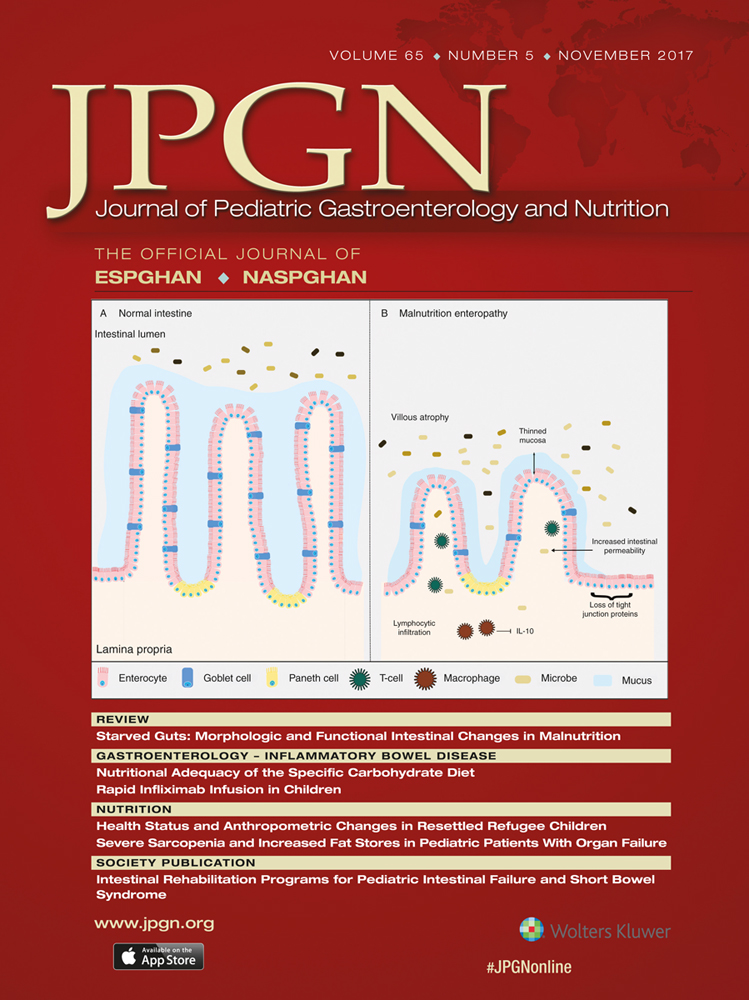Safe Energy Source in Battery-operated Toys for Children
The authors report no conflicts of interest.
Supplemental digital content is available for this article. Direct URL citations appear in the printed text, and links to the digital files are provided in the HTML text of this article on the journal's Web site (www.jpgn.org).
ABSTRACT
Objectives:
Serious and even fatal consequences of disk batteries ingestion in children are well known. Among other applications, disk batteries are used to power small toys, from which they can be unexpectedly extracted and swallowed.
Methods:
We tested a new cell intended for little toys (green cell [GC]), after 6 and 12 hours of in vitro close contact with esophageal swine mucosa. The GC was compared with lithium and silver button batteries under the same experimental conditions.
Results:
Tissues in contact with the GC did not show pH variations nor histological alterations after 6 and 12 hours. In such conditions, statistically significant differences were found between the GC and the lithium and silver batteries.
Conclusions:
So far, multidisciplinary medical effort has been driven to both emergency approach and subsequent operative strategies in children with ingested batteries. Our trial demonstrates the possibility to primarily prevent battery-induced damages by designing new-generation safe cells with no tissue toxicity to power little toys intended for children.




